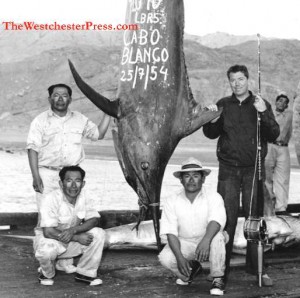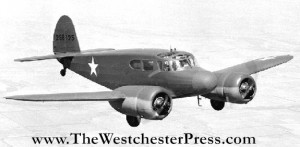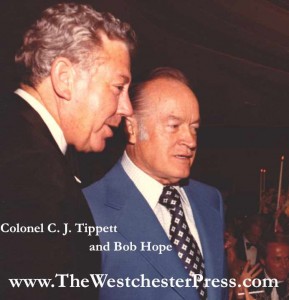As a Do It Your Self Publisher, I have to log in to about twenty bizillion sites multiple times a day in order to self publish a book – including my own computer, my work computer, my voice mail, my work voice mail, my own phone, my work phone, … etc. The recent increase in internet hacking has led to an increase in password changing in my life – and now multiple logins on sites that used to require only one.
I’m trying not to see it as a pain in the rump, and instead as an opportunity for the practice of positive thinking since I recently changed over to creating passwords as daily affirmations.
And since the new passwords requirements are more stringent – for instance, not allowing me to change my password to something really really similar to my last password…. (schna!) I am scratching for words to express my positivity.
(And yes, I know that lame passwords are the real world equivalent of tying my car key on a really long string to the outside handle of my car door… but jeez. A bizillion random passwords are harder to remember than the location of my one car key!)
So I made a l helpful uber list of positive word synonyms so that I can work them into my new passwords and I decided to share them here on my blog, so that everyone can join me in trying to think up positive mini-mantras that do not contain my dog’s name, the word “password”, or something obscene – which while fun and affirming, was not very positive.
- Love, adore, ally, amour, appreciate, cherish, delight, devote, enchanted, enjoy, fondly, friend, hanker, idolize, infatuated, like, regard, relish, repsect, worship, yearn, desire, prefer, want, wish, will, do, did, will do,
- peace, accord, order, pacification, reconiliation, treaty, truce, unanimous, improve, advance, amend, better, boost, cultivate, elevate, mend, fix, elevate, rally, raise, shape up, upgrade, update, rise, revise
- accomplish, achieve, acquire, attain, carryout, complete, deliver, do, effect, enact, finish, negotiate, perfect, perform, procure, produce…
Now that I think of it, I could also use my daily passwords to:
- teach myself how to spell words that I always misspell,
- or capitalizations I always miss,
- or my new word of the month that I’m trying to learn.
Yet another way to turn a tedious chore into a positive moment! And also, my second book is almost ready for release. Search Amazon.com for Corinne Tippett or join my book release list to catch the wave.










